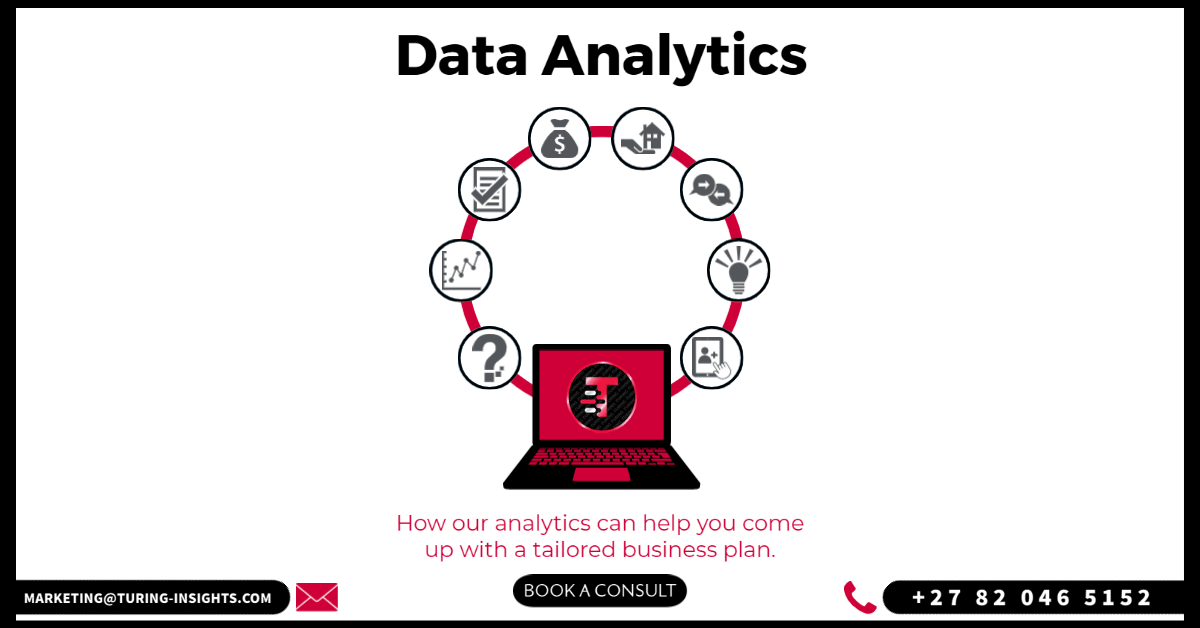Why data analytics for transport industries is essential and how they can help you.
Why data analytics for transport industries is essential and how they can help you. Most organizations have already started to move towards advanced data and analytics. Advanced analytics and analytics in general, not only adds value to business operations and drives profitability, but also offers a wealth of possibilities if utilized effectively. However, many enterprises still struggle to maximize these opportunities. In order to capitalize on your data, there are some challenges that must be tackled. Data remains siloed in disparate systems and departments, sourcing and data cleansing are typically manual, data experts are scarce, while data complexity and privacy regulations continue to increase.
To become data-driven and make data more accessible, organizations must work on mitigating these challenges to realize the full potential of analytics. This doesn’t have to be complicated; there are some simple steps an enterprise can take to reap the full potential of analytics and move towards digital transformation.
Build A Data Strategy Tied To Business Results
Although organisations are already extracting value from their data and analytics, many organisations lose sight of the core elements of making data work, which is a robust governance and architecture tied back to business impact. It’s important to demonstrate value early in a data and analytics project, and ensure that in the business scoping phase we continually bring any data initiative back to business strategy and outcomes.
Data strategies should also account for a wider data ecosystem, to open up broader data use cases and unlock data collaboration and information sharing. Additionally, a data strategy must also account for data privacy legislation and compliance with different regulations, such as the Australian Privacy Principles and the European Union’s GDPR.
Invest In New Data Software and Tools
Investing in data analytics software, AI technologies and machine learning tools can help automate processes, in turn, reducing the time spent on analysing and making associations among data sets.
For instance, machine learning tools can automate processes such as identifying and solving many data quality issues and when potential customers are likely to leave. While other techniques like LIME, short for Local Interpretable Model-Agnostic Explanations, help make machine learning algorithmic models more understandable as to how they arrive at their conclusions, which can reduce the amount of time IT teams need to spend with legal.
Investing in a data platform like Microsoft Azure that has strong data ingestion and integration capabilities can overcome challenges associated with siloed data while automating ETL processes across varied data types.
Company Culture
A data-driven culture is one of the determining factors that differentiate native digital companies from their counterparts. It is vital to ensure the right mindset is in place so that all decision making is data-driven. Implementing data initiatives requires effective communication and cross-functional collaboration between all departments.
To be an agile business, company culture and leadership must also support the spread of data literacy, innovation and new ideas. Why not try data-visualisation competitions, or establishing an analytics centre of excellence!
Also, aligning business outcomes with data initiatives as mentioned above is a fundamental driver of digital transformation. It is always practical to consider the bigger picture and acknowledge that data and analytics are tools for your business.
With most businesses are already on their journey towards a more data-driven enterprise, it’s time for data leaders to demonstrate the value. By taking advantage of innovative off-the-shelf solutions and platforms and focusing on aligning closely with the business, IT teams and data leaders can deliver the return on investment that leadership is increasingly wanting to see.
Originally sourced: “Entrepreneur“




